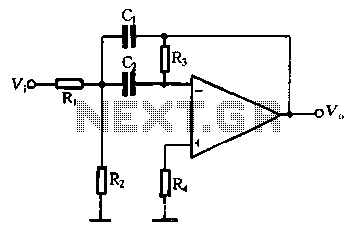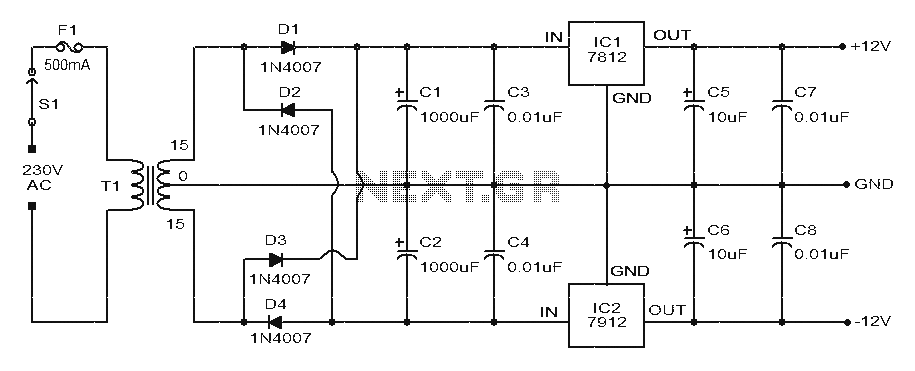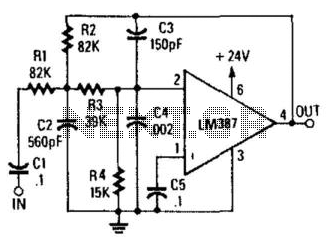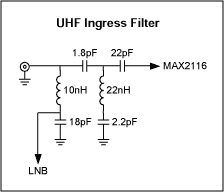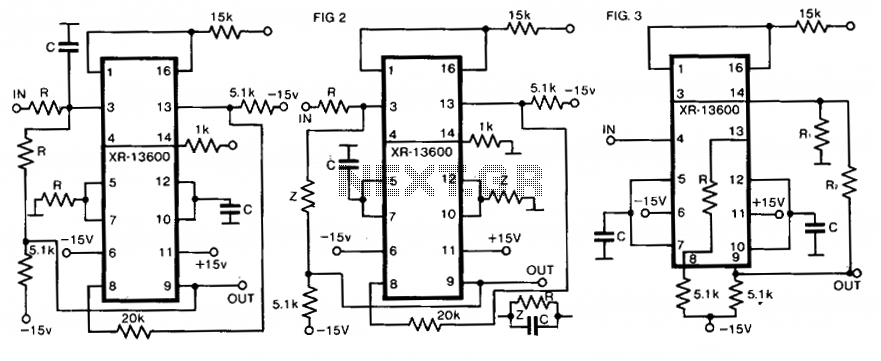
AM IF filter
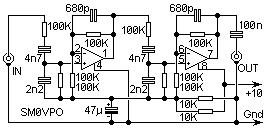
Typical QRP receivers include Direct Conversion (DC) and simple Superheterodyne types. These receivers often have quite a wide AF bandwidth which can make intelligibility somewhat restricted, especially under difficult QRM conditions. Many commercial amateur transceivers also suffer from this, e.g., the Yaesu FT101B. More: This is a simple filter that restricts the LF response a little as well as providing quite a heavy HF roll-off. The prototype has enhanced a Yaesu FT101B that was only fitted with an AM IF filter. The IC is an LM358. Construction needs no detailed description. Layout is not critical.
The described circuit involves a filter designed specifically for enhancing the performance of QRP receivers, particularly the Yaesu FT101B model. The filter serves a dual purpose: it restricts low-frequency (LF) response while implementing a significant high-frequency (HF) roll-off. This is essential for improving the audio quality by reducing unwanted low-frequency noise and high-frequency interference, thereby enhancing intelligibility under challenging conditions such as QRM (radio frequency interference).
The core component of this filter is the LM358 operational amplifier IC, which is known for its versatility and performance in audio applications. The LM358 consists of two independent, high-gain, frequency-compensated operational amplifiers, making it suitable for implementing active filters. The configuration of the filter can be adjusted to achieve the desired characteristics by modifying the resistor and capacitor values in the feedback and input paths.
In terms of construction, the simplicity of the design allows for straightforward assembly, with no critical layout requirements, which means that the circuit can be implemented on a breadboard or a simple PCB without the need for advanced manufacturing techniques. This flexibility is beneficial for hobbyists and engineers looking to prototype and test the filter quickly.
The design considerations for the filter include the cutoff frequencies, which must be carefully selected to ensure that the LF response is adequately restricted while still allowing essential audio frequencies to pass through. The resulting filter will enhance the overall performance of the receiver, making it more effective in noisy environments and improving the clarity of received signals.
In summary, the implementation of this filter in QRP receivers, particularly in models like the Yaesu FT101B, provides a practical solution for addressing common audio quality issues associated with wide AF bandwidths and challenging reception conditions.Typical QRP receivers include Direct Conversion (DC) and simple Superheterodyne types. These receivers often have quite a wide AF bandwidth which can make inteligiblity somewhar restricted, especially under difficult QRM conditions. Many commercial amateur transcievers also suffer from this t.ex the Yaesu FT101B. This is a simple filter that restricts the LF response a little as well providing quite a heavy HF roll-off. The prototype has enhanced a Yaesu FT101B that was only fitted with an AM IF filter. The IC is an LM358. Construction needs no detailed description. Layout is not critical. 🔗 External reference
The described circuit involves a filter designed specifically for enhancing the performance of QRP receivers, particularly the Yaesu FT101B model. The filter serves a dual purpose: it restricts low-frequency (LF) response while implementing a significant high-frequency (HF) roll-off. This is essential for improving the audio quality by reducing unwanted low-frequency noise and high-frequency interference, thereby enhancing intelligibility under challenging conditions such as QRM (radio frequency interference).
The core component of this filter is the LM358 operational amplifier IC, which is known for its versatility and performance in audio applications. The LM358 consists of two independent, high-gain, frequency-compensated operational amplifiers, making it suitable for implementing active filters. The configuration of the filter can be adjusted to achieve the desired characteristics by modifying the resistor and capacitor values in the feedback and input paths.
In terms of construction, the simplicity of the design allows for straightforward assembly, with no critical layout requirements, which means that the circuit can be implemented on a breadboard or a simple PCB without the need for advanced manufacturing techniques. This flexibility is beneficial for hobbyists and engineers looking to prototype and test the filter quickly.
The design considerations for the filter include the cutoff frequencies, which must be carefully selected to ensure that the LF response is adequately restricted while still allowing essential audio frequencies to pass through. The resulting filter will enhance the overall performance of the receiver, making it more effective in noisy environments and improving the clarity of received signals.
In summary, the implementation of this filter in QRP receivers, particularly in models like the Yaesu FT101B, provides a practical solution for addressing common audio quality issues associated with wide AF bandwidths and challenging reception conditions.Typical QRP receivers include Direct Conversion (DC) and simple Superheterodyne types. These receivers often have quite a wide AF bandwidth which can make inteligiblity somewhar restricted, especially under difficult QRM conditions. Many commercial amateur transcievers also suffer from this t.ex the Yaesu FT101B. This is a simple filter that restricts the LF response a little as well providing quite a heavy HF roll-off. The prototype has enhanced a Yaesu FT101B that was only fitted with an AM IF filter. The IC is an LM358. Construction needs no detailed description. Layout is not critical. 🔗 External reference
